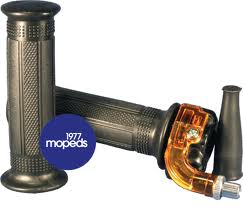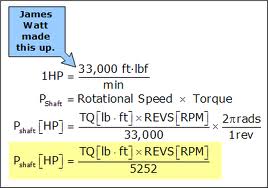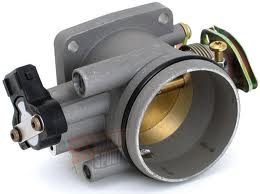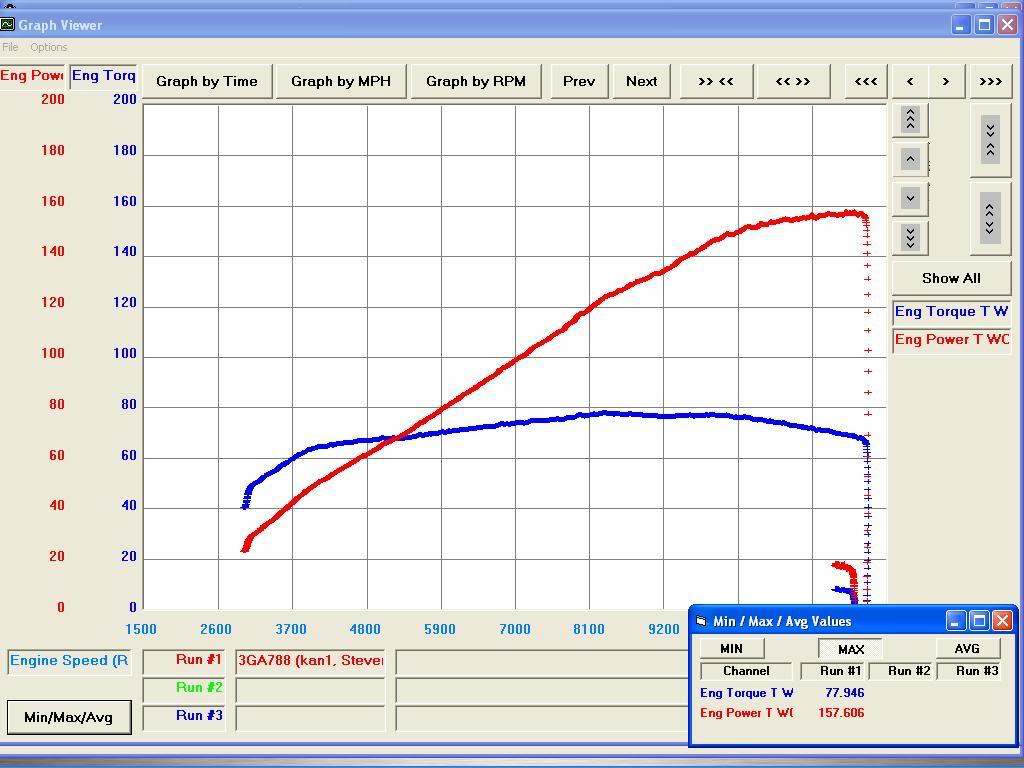
The Throttle
Interesting little thing that twisty twiddly bit on the right handle bar. Everyone get’s that you turn it and the power comes. But do you know why? Or how? Or more importantly what happens to your wobbly bits, that’s the bike and yours, when the power comes?
It’s just a big air pump
I suppose one of the really important things to know is how twisting the throttle actually works. Now; I hear those modern motorcyclists amongst you groan, but read on, do, because you may find that you actually do need to know.
Ok… So for those that are still tuned in; Before we explain what the throttle does you need to know that your lovely motor, that incredible piece of high tech engineering that you pay a fortune to service at ridiculously short intervals is in fact at heart a pretty simplistic pump.
It sucks in air, mixes that with some combustible material, compresses it and ignites it. Which is how it powers the pump. The more air that gets into the compression chamber with the correct amount of fuel the more torque is produced.
As you might think as your lovely service centre financial support device otherwise known as you engine crams air into it at faster and faster speeds the air speed passing through your fuel mixing device starts to travel faster and faster. But as you let your motor spin down the rev range the speed of the air passing through the bits slows down.
This is the first bit you need to get. The reason for this is because air doesn’t like to accelerate quickly, it always lags behind your desire to accelerate the engine like your lazy lad from next door when mowing your lawn on an hourly rate
The next thing you need to get is the difference between torque and horsepower. There you go another groan from the modern boys, but persevere it might even be interesting.
So when you pack a bunch of air into your engine and make it go bang it makes power that wants to turn the crank and therefore your sticky tyre on the back. That’s torque, the capacity of your engine to turn things and we measure it in turning force like foot/pounds or Newton Metres.
To put this into terms that are more understandable, my favourite engine of late produces a peak torque (turning force) of 87 Ft/lbs. Now you might be able to work out that you can produce that yourself swinging not very energetically on the end of your torque wrench, in fact the same bike needs that much torque on the front chain sprocket nut to be safely tight. So not so super human really, until you try to do that 14,500 times per minute to match the same engines ability to do work. Which is where horsepower comes in; it’s literally a mathematical equation that relates torque to the number of times you are doing it per minute.

Ok your bored now right? Well don’t nod off just yet because this is where the “Hell, I wish I had always known that” bit starts to come.
So your throttle is connected to a set of things called butterflies (or one if you have a single). A butterfly is not something that just hatched from an herbaceous cabbage muncher but rather a flap like thing that blocks the air inlet into your engine. When you twist the throttle, you turn those butterflies and open up the airways through what are called your throttle bodies letting your expensive pump breathe deeply.

Conversely when you roll the throttle off you are choking the damn thing, meaning less air and therefore less fuel make it into the compression chamber and bang you have less torque being produced and therefore less horsepower for those of you that are less than stellar mathematicians.
But here’s the rub. At low revolutions when you wind the throttle on, your engine breaths deeply and fills its compression chamber to make as much torque as it is capable of at that revolutions per minute.
On most modern bikes that is close to maximum for most of the rev range BTW, hence rather flat torque curves on most modern bikes.

But a few other things come into play. If you have a big twin or single with big wide throttle bodies then at slow engine speed and especially with the throttle closed the air will be travelling quite slowly and when you suddenly open it up there will be a slight delay before you get full torque as the air accelerates up. On a four or bike with smaller throttle bodies there will be less lag.
We talk about this as throttle response, i.e. when I crack open the throttle will I get instant drive now… or in a moment? Can mean quite a lot to you trying to choreograph all the wobbly bits let me tell you.
Well it gets worse!!!
Potential
Remember the relationship between Torque and horsepower? Well again here’s the gotcha. At low revolutions per minute when you crack open the throttle you may have a slight lag between your intentions and delivery of the torque but you will have a much greater lag between your intentions and delivery of the maximum horsepower because you will not only wait a moment for the air to accelerate you will wait a whole lot longer for the engine to accelerate, remember HP = Torque * RPM basically.
Now this is really really important to know because on a 1000cc V twin for instance when you come out of the corner and twist the throttle you get full and significant turning force which will push you out of the corner, drive the tyre really hard and effect real changes on the bikes wobbly bits almost immediately you have moved past the throttle lag.
On a 600cc four however you will have full but much less torque available and affecting your prides balance and consequent drive until the revs rise and you start getting that Torque many more times per minute.
The difference in HP between these two bikes at low revs and full throttle can be really significant to the point one might have you being careful with the full twist bit and the other feel flat and be heading wide through the corner.
But all this talks about the maximum potential drive you have available at short notice, it does not talk about the minimum available or your control and instant potential you can have available.
A twist with the wrist
So what happens when you have high revs near the maximum HorsePower point but the throttle is closed or only slightly open?
Not surprisingly the torque the engine is making drops drastically and therefore the horsepower drops significantly, in fact at very small throttle openings the horsepower is less than the power needed to overcome the engine friction at those revs and it will slow down. All the way to idle if you have that little throttle opened.
So even at maximum power revs you can have pretty much minimum power available!!! But, throttle lag aside maximum power potential is but a twist away.
It gets even better, because of the revolutions per minute the air speed never really drops too low even with very small throttle openings so even throttle lag reduces to be almost unnoticeable on most modern engines.
So first lessons that so many riders don’t get is that the throttle doesn’t dictate your potential power the engines revolutions do. The throttle controls how much of that potential you are using at any one time.
If you are riding faster and need faster power delivery in a more instantly controllable manner, get that engine spinning dude and use the throttle to control the delivery of how much and when.
This is known by riders as riding the torque curve, which is a bit of a misnomer really based on old bikes that had torque curves that peaked , rather than being more flat, and meant you really needed to ride in the Rev band that was producing really usable torque and therefore power.
So first lesson, The throttle needs to be considered in light of the revs that the motor is pulling and your desired potential for power instantly. Low revs = sluggish power delivery, high revs = power when you want it.
Use the throttle with your gears to ensure you have the right mix, low revs perhaps around town and in gentle riding, higher revs if you’re in a hurryJ.
Newton’s Third Law of Motion
So you guys are familiar with Newton right? You know the guy that bounced an apple off his head and had his own little eureka moment?
In his third law of motion he discovered something that is really really important to motorcyclists because without it motorbikes wouldn’t work. The whole thing from the bang inside the motor pushing the piston down to the chain pushing the tyre round to the tyre pushing the bike forward, would not happen if it was not for his third law. His third law says:
For every action there is an equal and opposite reaction.
So when you twist that throttle you are playing with Newton’s third law of motion. Didn’t realise you were such practical physicists all wrapped up in your leathers did you!!!
But if you read that again you start to get the full picture. For every action there is an equal and opposite reaction. Every action, even the ones whose effect you might consider as the last one, the bikes driving forward, still produces an opposite and equal reaction, you being pushed back from the bike. Even your action in resisting that action produces another and so on.
When you twist the throttle and the power comes on lots of things happen, not just a drive forward. There is a reaction on the bike from the crankshaft turning, from the tyre turning, from the chain pulling the sprocket around and from the resulting acceleration.
Sprocket climb
In most bikes the most important of these are the last few, when you twist on the juice the chain pulls on the sprocket and compresses the rear suspension as a result. This makes the back of the bike squat. Unless you are riding a shaft drive bike which tend to do the opposite and raise the back.
The next thing that happens is the bike is driven forward and the weight rotates toward the back of the bike, again adding more squat to the rear and lifting the front. All this means the steering angle changes, the grip on the front lessons, and the load on the rear tyre increases.
The Squat
You can really feel this if you ride slowly down the road and whilst paying attention roll on the throttle and roll off the throttle quite abruptly. You’ll notice the back of the bike squat, the suspension gets stiff as it compresses on the rear and the front feels lighter.
The Wheelie
If you would prefer just to do the mental exercise, just think about how a motorbike wheelies. It is very simple really, you drive power dramatically through the chain, squat the back, rotate weight backwards and bob’s your cool uncle whilst the front wheel gets about as light as it is ever going to.
Choreographing the wobbly bits
Now might be a good time to point out two things, suspension is like a spring and as you compress it it gets harder to compress and therefore more stable to put weight onto. That’s another way of saying the wobbly bits get a lot less wobbly when you get them compressed and keep them that way.
However if you get onto and then off and then onto and then off the gas you will find your bike starts to wobble quite a bit as alternately the front and rear go wobbly and compressed.
You know, you might be able to make the bike more stable by using the throttle as a stability control. That might even explain why one rider says the bike handles well whilst another says it wobbles everywhere, one is using the throttle to drive stability and the other may be using it, unintentionally, to allow the bike to wobble. Wondering how that works? Try backing off the throttle as you pass over that mid corner bump and then do it again but this time stay on the gas.
May just be a eureka moment for you.
So lesson two on the throttle, The throttle can be used to induce stability and also to induce instability. Use it wisely.
In a later section about turning a bike we’ll discuss why bikes have bigger back tires than front and why you want to use the throttle to get a thing called a corner set, which basically means using the throttle to induce stability “throughout the entire corner”.




One Response